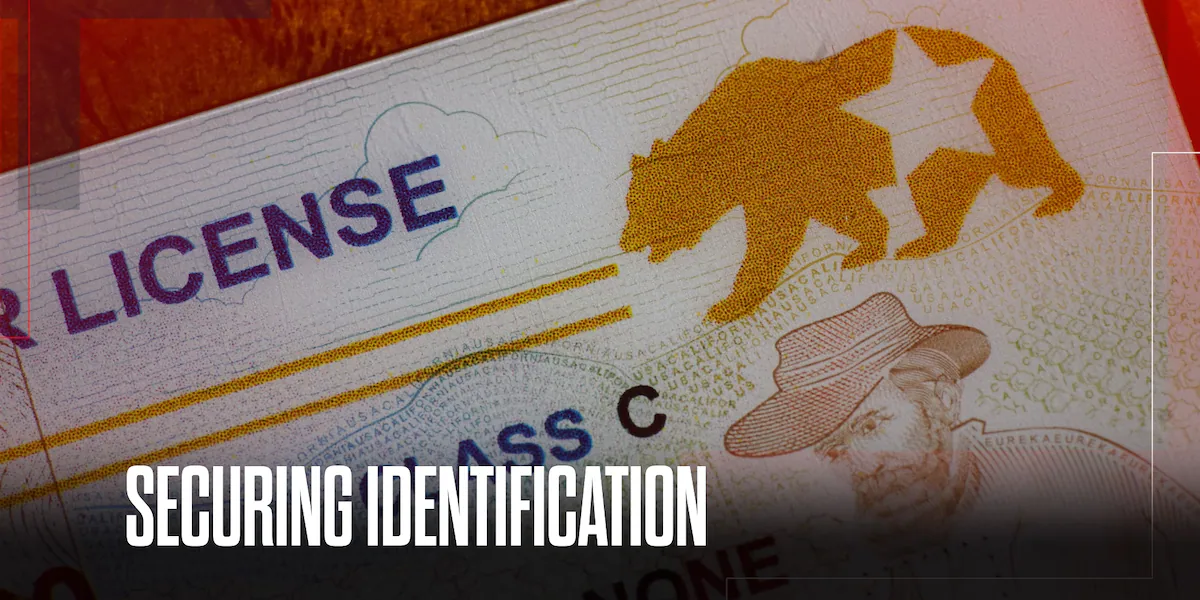
(InvestigateTV) — For the more than 600,000 people released from America’s prisons each year, a second chance at life often hinges on a government-issued ID.
Without it, the doors to housing, employment, banking, and even a reliable cell phone are firmly shut. Yet, for many former inmates, obtaining this crucial document is a nearly impossible task, creating a “paper prison” that traps them in a cycle of poverty and recidivism.
Timothy Bender, an inmate at the Ingham County Jail in Michigan, knows this struggle firsthand. “It is a very long time in and out of jail,” he says, explaining that his drug use and transient lifestyle have left him without a legal ID for three years. Now in a treatment program, he sees getting an ID as the first step toward rebuilding his life. “I’m able to open up doors that were closed to me,” he says.
He is one of the lucky ones. Through a partnership between the Ingham County Sheriff’s Office and the Michigan Secretary of State’s mobile office, he and 30 other inmates are able to get their IDs while still incarcerated. Sheriff Scott Wrigglesworth initiated the program, knowing that without an ID, many of the people released from his jail will end up right back behind bars.
The barriers to obtaining an ID are numerous. To get a birth certificate, which is often the first required document, a person may need to provide other forms of identification they don’t have, like a utility bill or a pay stub. There are also financial hurdles; a birth record can cost $30, a fee that is insurmountable for someone with no income.
“How is it I can’t get you an ID?” asks Ingham County Judge Rosemary Aquilina, expressing her frustration with a system that can identify, arrest, and jail a person, but cannot provide them with the basic document they need to become a productive citizen. She has appealed to state lawmakers to make IDs more accessible for those who are homeless, jailed, or simply can’t afford it.
While 21 states have laws aimed at helping former offenders get an ID upon release, these policies vary widely in their effectiveness. The program in Ingham County, funded by a nonprofit, is a model for a solution that removes the barriers and gives people like Timothy Bender a real chance to succeed. For him, the simple act of having his picture taken for an ID was a powerful moment. “It felt like I was doing something responsible,” he says. “Something positive.”



